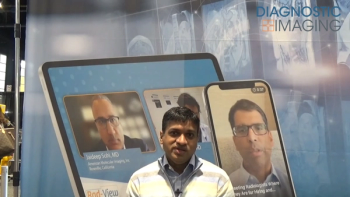
ISG Technologies changes name
PACS and image-guided surgery firm ISG Technologies has changed its name. Now called Cedara Software, the Mississauga, ON-based firm has embarked on a worldwide corporate branding campaign intended to highlight the company’s healthcare software
PACS and image-guided surgery firm ISG Technologies has changed its name. Now called Cedara Software, the Mississauga, ON-based firm has embarked on a worldwide corporate branding campaign intended to highlight the companys healthcare software products and services. The name change and the companys new stock trading symbols are contingent on shareholder approval. Until they receive approval, the firm will continue to trade under ISO (Toronto Stock Exchange) and ISGTF (Nasdaq).
Cedara will be divided into three core businesses: software and service, image management, and image-guided therapy. Two of the three businesses have gained new executive leadership in the past year. The company named Arun Menawat to the post of general manager/president of the software and service division, which develops the companys Image Application Platform software, designed for 3-D post-processing, CT, digital x-ray, MRI, mammography, nuclear medicine, and ultrasound equipment. Cedara has also appointed Alyn Ford to the position of general manager/vice president of its image management business, which develops software products that display, analyze, and store medical images.
In other ISG/Cedara news, the company posted healthy revenues and earnings for fiscal year 1999 (end-June). ISG saw revenues of $47 million, up 30% from $36.1 million the previous year. Earnings were $1.8 million, compared with $498,000 in 1998.
Newsletter
Stay at the forefront of radiology with the Diagnostic Imaging newsletter, delivering the latest news, clinical insights, and imaging advancements for today’s radiologists.



























